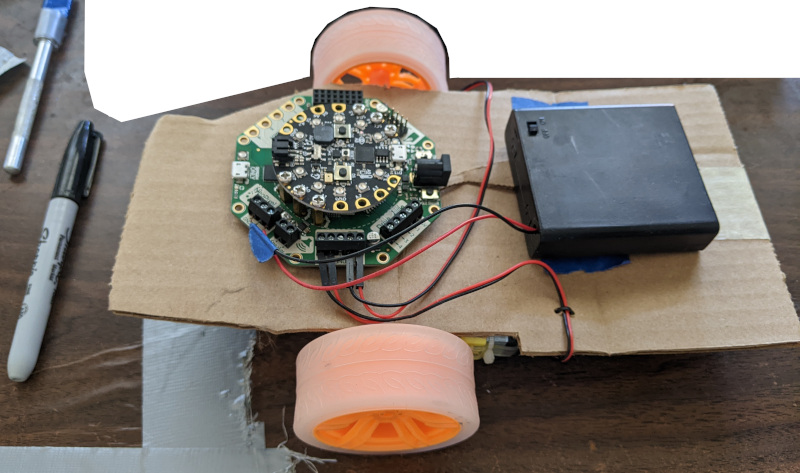by Javantea
April 8-9, 2025
This problem comes from Griffiths’ Introduction to Quantum Mechanics. It’s problem 2.1a.
Read more »
First off the tl;dr for those in a hurry.
My SPS source code has been available since July 2022. It's not the only implementation.
So the short explanation is that the design of pickTetriminoSeed, the function that is the basis for the whole of TetrisGYM SPS (v4 and v5 seeds) has a weakness that Tetris original rom does not. The attached seeds are a list of seeds that fall into the same sequence before piece 100. This is caused by @invalidIndex. There are 276 seeds. Because of how the LFSR in generateNextPseudorandomNumber works, it's not just 276 seeds that do that, it's ~2x that. This is true of just about everything I've checked so instead of 4 million unique seeds, we have about 20k-80k sequences that a player can expect to get (research not complete). And because of how it locks, it continues indefinitely. This is probably beyond the capacity of a person to memorize, but we could see players memorize a small fraction of favorable and unfavorable sequences for a benefit in competition. Let's start the work of writing an improved SPS shall we?
Sept 5, 2022

I have recently built a small robot as a test platform for an advanced robotics project. Huh? Let’s put the advanced robotics project aside and talk about what I actually have. I have a working robot that can detect hard collisions and the code is 120 lines of CircuitPython (not counting the libraries used to be clear). I can write a lot more code, but there’s no point to make it overly complicated until certain goals are met. Those goals: detect soft collisions, detect false-positive accelerations that are not collisions, and store information. While these may seem pretty easy to overcome, the thesis of this blog post is that they are not.
Let’s start at the very start. When I was young I wanted a robot. I didn’t know why very well, but I knew that I did. I bought Handbook of Advanced Robotics from a used bookstore, a bunch of motors, balsa, wheels, and other RC stuff from my local hobby shop, and started building. After building quite a few uncontrolled cars, I realized that a lot of the robot lies in control. It did not occur to me until I reached university how much. I tried to build an ornithopter and after propulsion failed on that project, I went off to university and gave up on robots. As time went on I worked on electronics and realized that while I was better than average at soldering, I was particularly bad at finishing projects. Each project had an obstacle. Not only did I lack experience as a young person, I lacked the necessary support to complete projects of even modest difficulty.
Read more »
June 9, 2020
This blog post will be a bit weird but I'm trying to find my voice besides the IRC world and the inner world that I've been navigating for more than 20 years. I don't think it's going to be easy, so think of this more as a reference than a blog post. In other words, don't read this blog post unless you're on a path like mine where your stuff has become a deep rabbit hole. Today's rabbit hole, as well as monday and sunday's rabbit hole has been EXT2.
Backstory: I'm writing a kernel and I need a filesystem. A simple one would make my life easier but would then make everyone else's life harder. Do I want to do that when I'm writing a game that is intended to teach people how to write hundreds, even thousands of kernels? Do we want everyone in this tree of learning to be harmed because I wanted to play my game sooner? Maybe. Maybe.
Read more »


